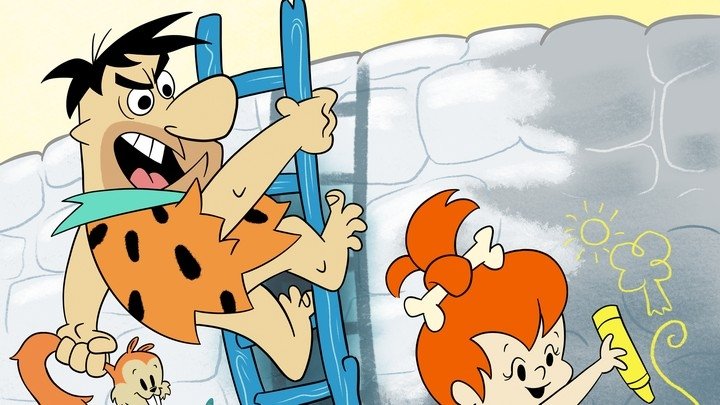The Candlelight Adventure: compellingly archaic
Why I like bad games, basically.
The Candlelight Adventure, released in 1989, was the third game in the Olli & Lissa series, but the only one I ever played. The cassette tape was housed in a relatively inauspicious (but well drawn) cover, depicting characters who do not seem to appear in the game in any capacity whatsoever.
A very "Spectrumy" premise sees Olli exploring a "spooky" castle, searching for the stolen parts of his car - either a sporty little number or an old jalopy, your choice - and reassembling it in his garage. Find all the parts and the game is complete. But let's discuss the obstacles between yourself and that goal.
And I want to play a little game with you. Sound off in the comments, if you wish. As I describe plainly what this game expects of you, I want you to let me know where exactly you would tap out. No judging. Microcomputer games are special.

To begin with, your control of Olli - assuming you have a Kempston joystick to hand - sees you moving left and right, tilting the stick upwards to jump, as was traditional. The single fire button handles everything else; opening doors, using telephones and investigating objects.
Each room in the large castle consists of a single screen, connected by the aforementioned doors, gates and elevators. Going through one of these will lead you to another room. Often, though, going through a door then returning through the same door will lead to another room entirely. There's no real logic to which doors connect to which rooms - you'll need an incredible memory, or to break out the pencil and paper to draw yourself a map. Whoops, and some of the doors are locked, requiring keys.

Exploring, you'll need to find those car parts, as I said. But they are invisible - can't be seen at all. No hints, besides occasional telephones which, when used, will flash up an arrow pointing towards the nearest piece of the vehicle. This is next to useless, given the arrows will merely point to one of the doors, which may well simply loop back on itself.
You'll need to find a magnifying glass, first. However, picking up one doesn't make the car parts visible - it simply makes it possible to collect them. Hitting the fire button with a magnifying glass to hand will have Olli enter a several-second animation in which he peers left and right through the magnifying glass, pocketing it sadly if no car piece is in the place he's standing. Here's a gimme; the first car piece is atop a statue in the centre of an early-game courtyard. Climb the statue, hit fire, and bam - you've got the first piece!

Now, you need to take the piece to the garage at the very end of the game - this is very difficult to find, and you may end up looping back on yourself multiple times before you discover the correct route. But when you do, you can put that car part down, then head out to get the next one. Whereever it is. There's no carrying multiple parts, and using the magnifying glass exhausts it - you'll have to find a new one for each part you successfully locate and stow away. Oh! And I almost forgot - you can't fix the part onto the car without a spanner, which you'll also need to locate.
That's the aim of the game - find and complete the car. The pieces of each vehicle are in totally different places, but even if you know exactly where to go you'll have to contend with rapidly moving enemy sprites. Taking a hit from one of this sends you into the eight second long "damage" animation, where Olli keels over and sees stars before hopping up, tapping his own head impatiently. You can be hit again immediately, of course, necessitating another wait. There's no way to destroy or defeat enemies, and they respawn constantly. Oh! And there's also fall damage.

So dying is one obstacle, but the main one here is the darkness; allow your candle to burn out and it's game over. This is your defacto time limit, and it's a reasonably tight one. You can extend it by finding hidden candles, but there's a limited number of these. You can also increase your remaining health by collecting hearts, but running out of time is the main concern; hitting enemies damages you, yes, but it's those precious seconds ticking away as you recover that really sting.
It takes a good ten minutes to load The Candlelight Adventure; ten seconds of droning, squealing Spectrum sounds, only to get a borderline unplayably hostile platformer.
And it was all that I had, and I loved it to death. I still love it to death. And when I see people bemoaning framerate drops in contemporary titles, I roll my head back and I laugh. I laugh long and hard, and then I dig the Spectrum out of its box, plug it into my HDTV, and suffer so good.




